This work completes the creative path of Engr. In it, he returned to one of his favorite topics. Niu once glorified the artist. The picture, nostalgically turned to the past,
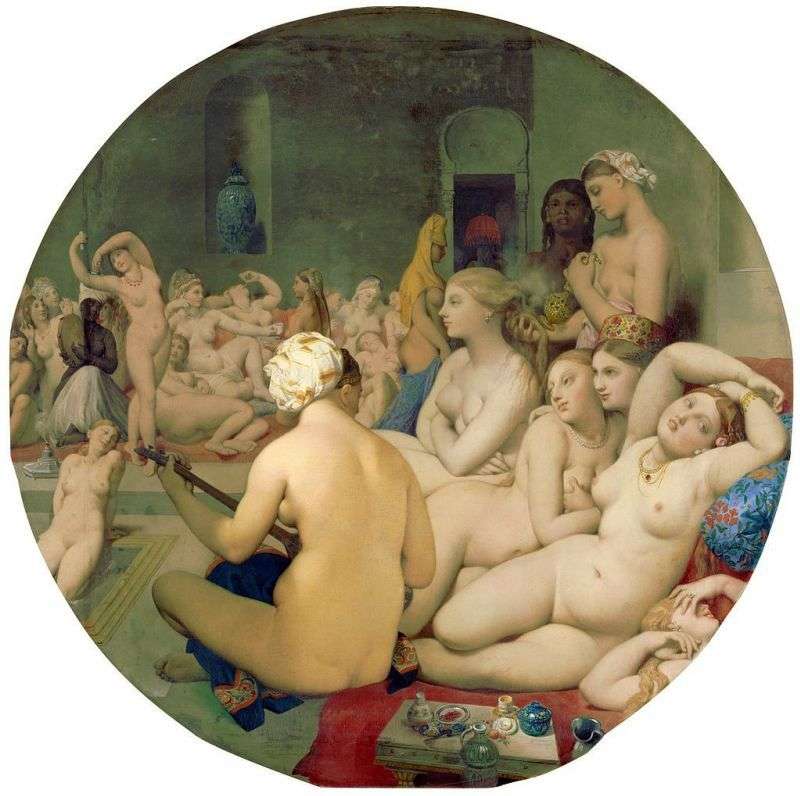

This work completes the creative path of Engr. In it, he returned to one of his favorite topics. Niu once glorified the artist. The picture, nostalgically turned to the past,
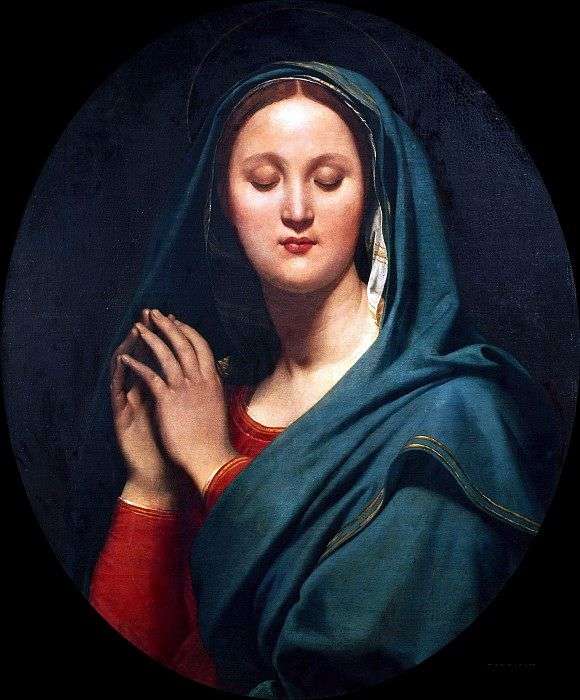
The canvas of religious content Engr wrote throughout his life. Religious painting experienced a period of decline in the years of the Revolution and the Napoleonic wars, but in the
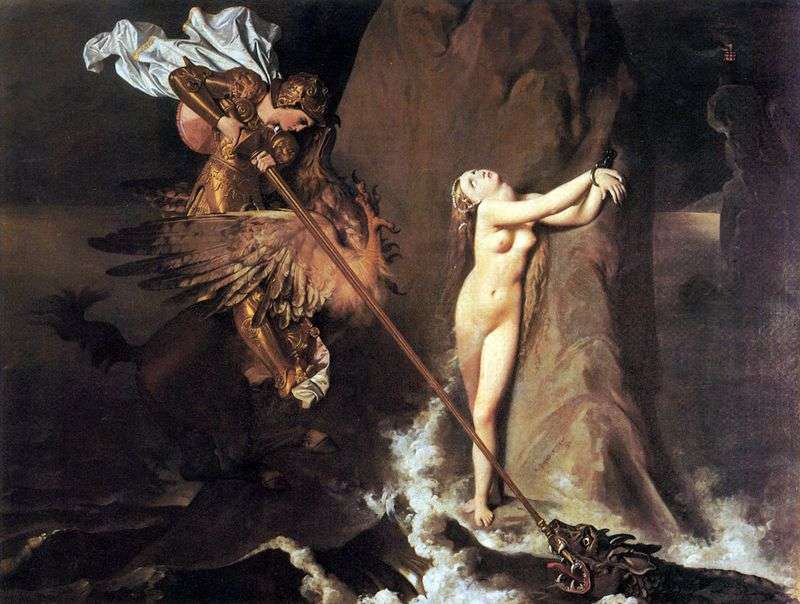
Nu – one of the constants of creativity Engra. Charles Baudelaire said that the artist “follows the bends of the female body with the passion of an ardent lover.” Theophile
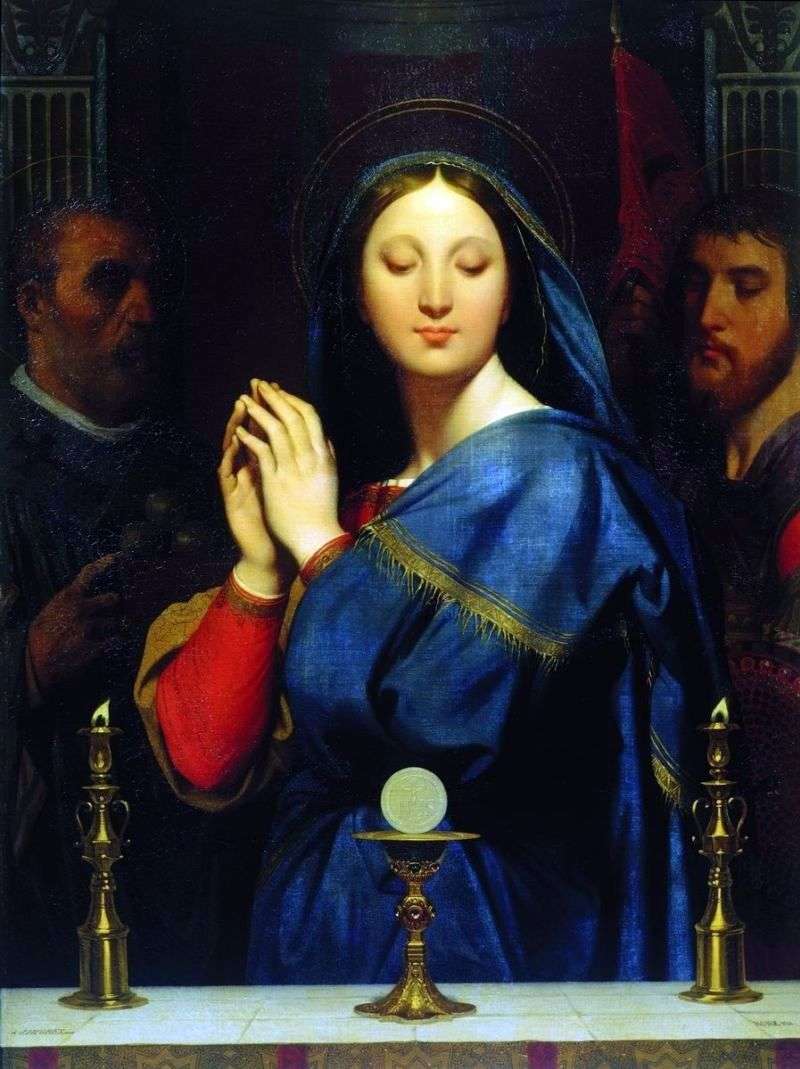
French painter Jean Auguste Dominique Ingres was born in Montauban. He studied under J. Roger, G. Vigan, J. P. Brian in Toulouse and at J.-L. David in Paris. His creative
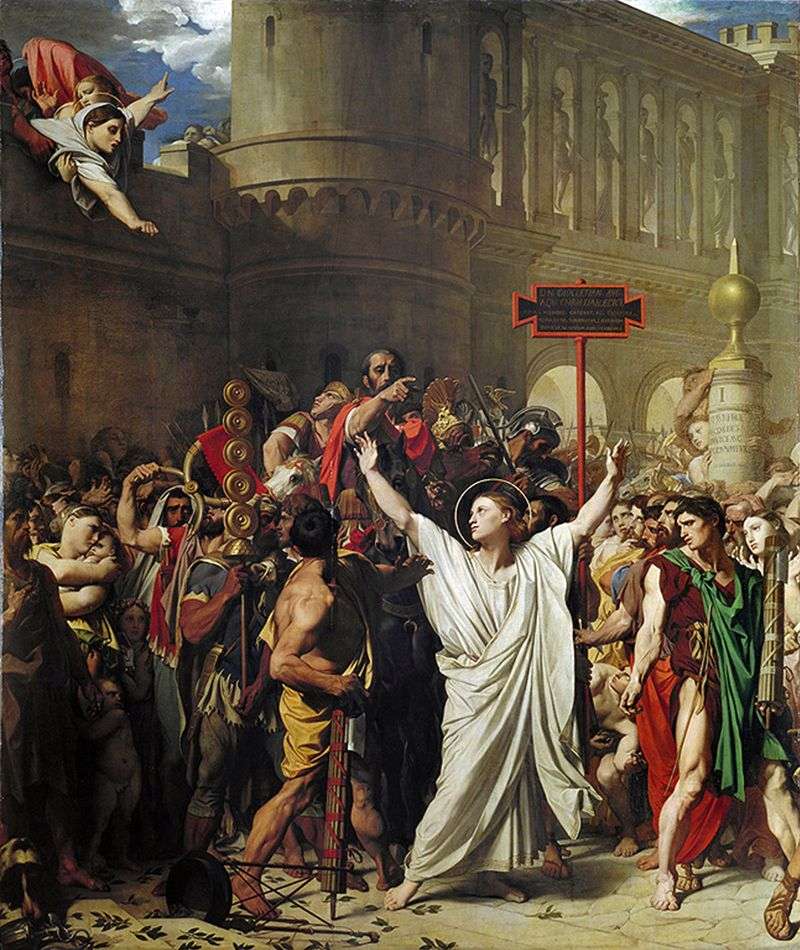
Ingres, becoming a venerable artist, in the creation of his paintings resorted to the help of students. It was a common practice – once the young Ingres did the same
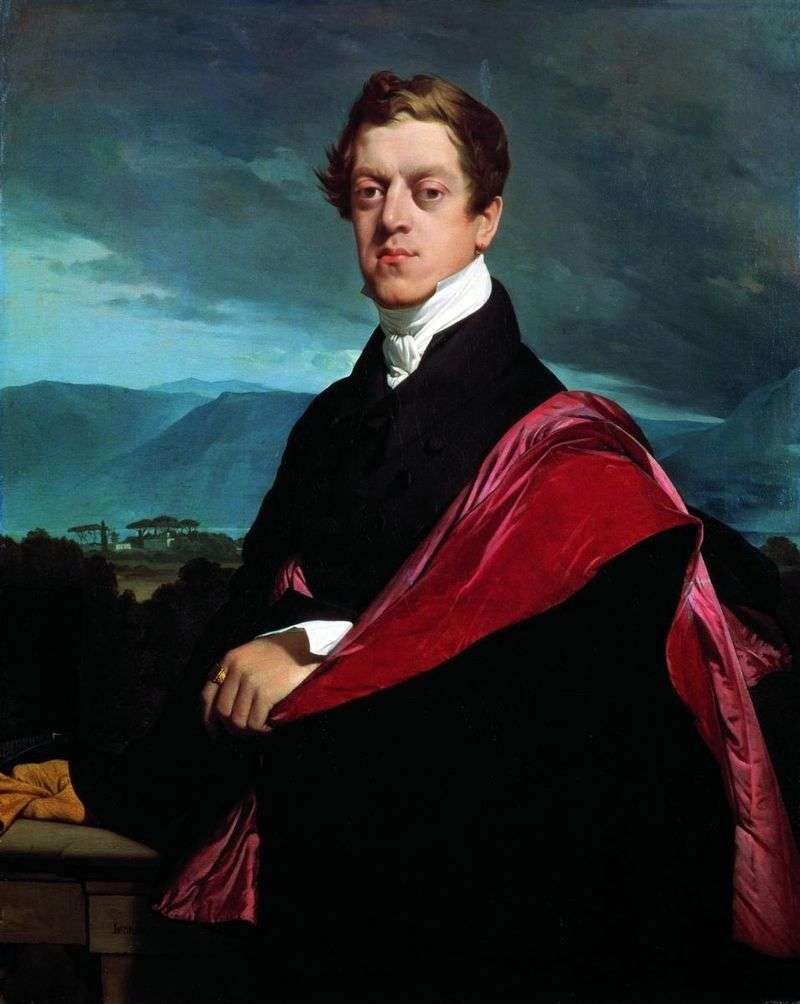
The portrait of the Russian Count ND Guriev Engr wrote in Florence in the spring of 1821. Guryev was the adjutant of Alexander I, in the past – a participant
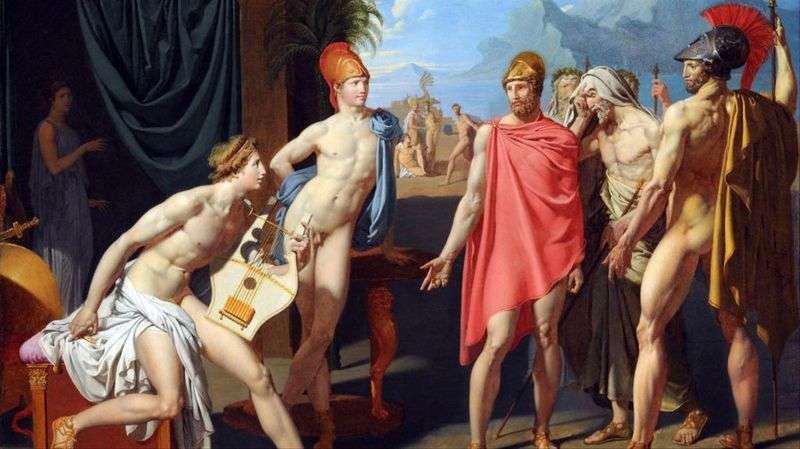
Twenty-year-old Jean Auguste Dominique Ingres, a French painter – an academician at the dawn of his work often turned to historical subjects and myths for narration in oil. “Ambassadors of
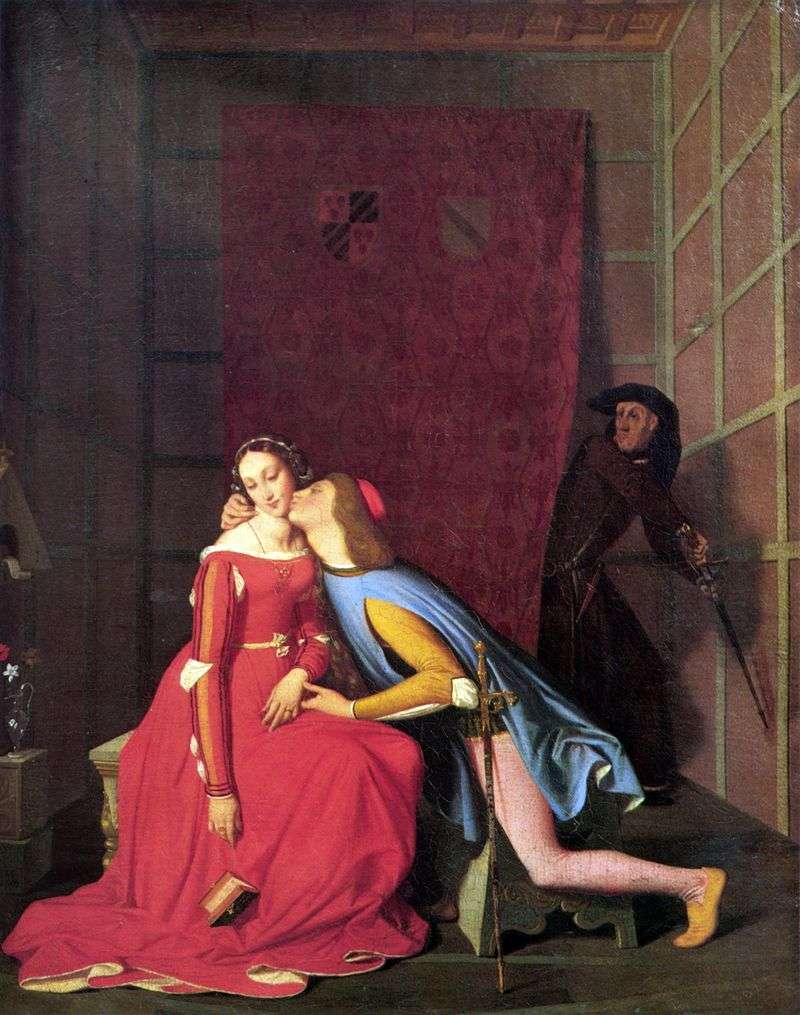
French painter and graphic artist, representative of the academic school of painting, Jean Auguste Dominique Ingres, wrote the canvas “Gianchotto overtakes Paolo and Francesca” at the time of its formation
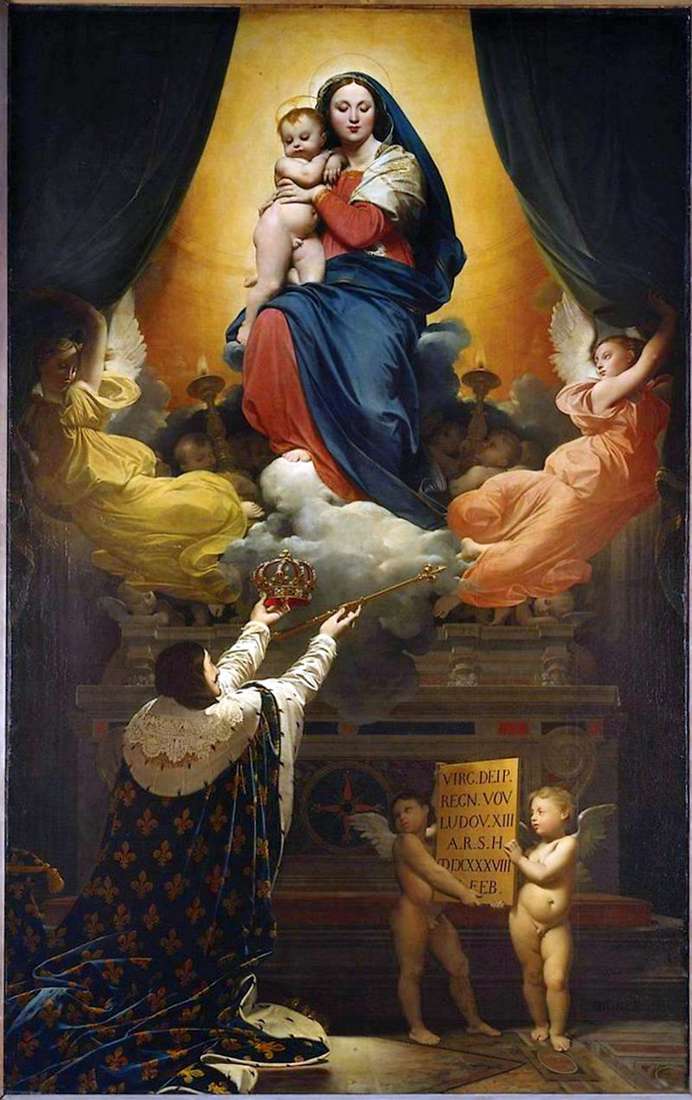
This is an altar image for the church of the city of Montauban, called the “Vow of Louis XIII, asking for the protection of the Madonna for the French kingdom.”